Optimization strategy of slitter in the processing of thin film materials
Film material processing has high requirements for the accuracy, speed and stability of the slitting machine, and optimizing the performance of the slitting machine can significantly improve the production efficiency and product quality. The following are the optimization strategies of the slitter in the processing of thin film materials:
1. Tension control optimization
Film materials are prone to wrinkles or deformation due to uneven tension during the slitting process, so tension control is key.
• Closed-loop tension control: The closed-loop control system is adopted, and the film tension is monitored in real time through the tension sensor, and fed back to the PLC to adjust the speed of the unwinding and winding motor.
• Segmented tension control: Different tension ranges are set according to the characteristics of the film (such as thickness, elasticity) to ensure stable tension during unwinding, slitting and winding.
• Pre-tension setting: Set the appropriate pre-tension before slitting to avoid film relaxation or overtightness.
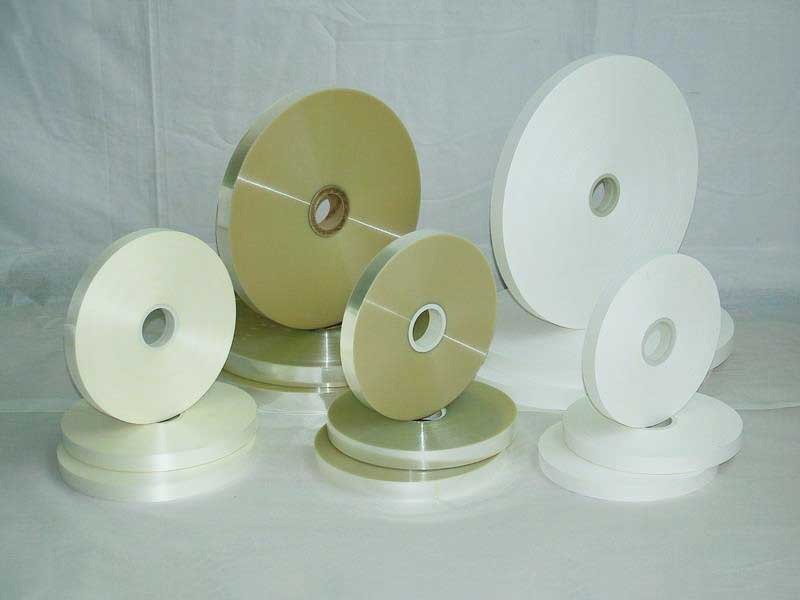
2. Slitting accuracy optimization
The slitting accuracy of thin film materials directly affects the quality of products, especially electronic thin films and optical films that require high precision.
• High-precision servo motor: The servo motor with high-resolution encoder ensures accurate control of the slitting knife position.
• Automatic Deviation Correction System: Install automatic deviation correction device (EPC) to detect the edge position of the film in real time, and automatically adjust the position of the film to prevent deviation.
• Tool optimization: Choose the right tool for the film material (e.g. round or straight) and maintain the tool regularly to ensure a sharp edge.
3. Speed optimization
Increasing the slitting speed is the key to improving production efficiency, but it needs to balance speed and stability.
• Dynamic speed control: Dynamically adjust the slitting speed according to the characteristics of the film material (such as thickness and strength) to avoid breakage or deformation during high-speed slitting.
• Acceleration and deceleration curve optimization: Optimize the acceleration and deceleration curve of the servo motor to reduce the impact during start and stop, and prevent the film from breaking or deforming.
• Multi-axis synchronous control: Ensure synchronous operation of unwinding, slitting and winding spines to avoid film stretching or accumulation due to speed mismatch.
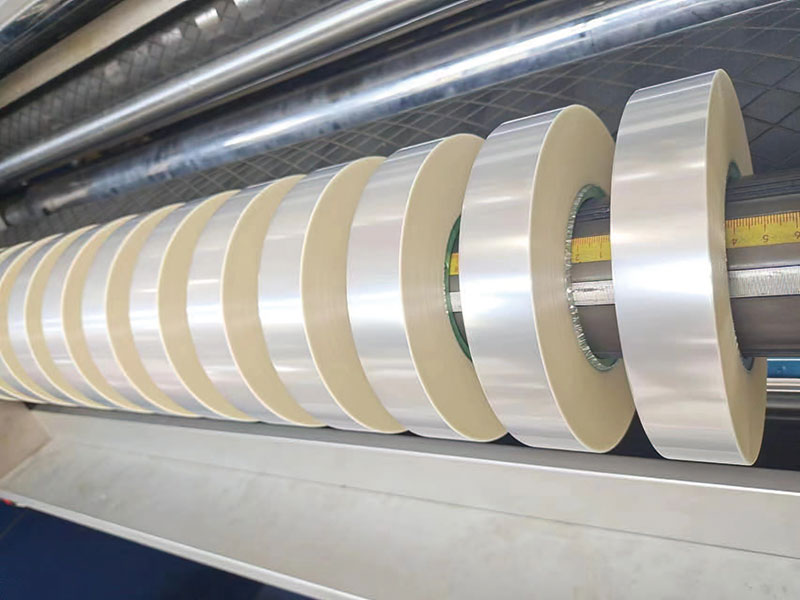
4. Optimization of material adaptability
Different film materials (such as PE, PET, PP, etc.) have different physical properties, and the slitting machine needs to have good adaptability.
• Parameter preset function: Preset the processing parameters of different materials (such as tension, speed, tool pressure, etc.) in the HMI, which is convenient and quick to switch.
• Temperature control: For heat-sensitive film materials (such as PVC), add temperature control function to prevent material deformation caused by friction and heating.
• Static Eliminator: Install a static eliminator to prevent the film from absorbing dust or sticking due to static electricity.
5. Automation and intelligence
Reduce manual intervention and improve productivity and consistency through automation and intelligent technology.
• Automatic tool change system: realize automatic tool change and adjustment, reduce downtime.
• Intelligent diagnostic system: Through sensors and data analysis technology, real-time monitoring of equipment status, prediction of failures and advance maintenance.
• Remote monitoring: remote monitoring and operation are realized through the Internet of Things technology, which is convenient for managers to grasp the production situation in real time.
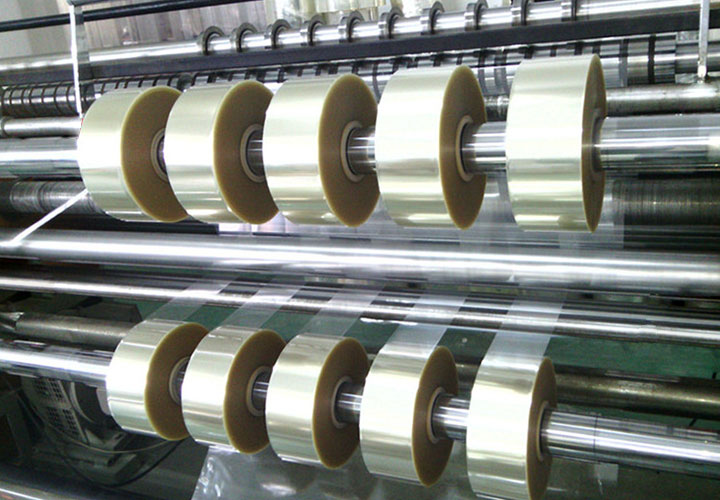
6. Quality control optimization
The slitting quality of film materials directly affects the subsequent processing and use, so strict quality control is required.
• On-line inspection system: install cameras or laser inspection equipment to monitor the quality of slitting edges in real time, and find defects such as burrs and cracks in time.
• Data recording and analysis: record the key parameters in the slitting process (such as tension, speed, deviation correction, etc.) through HMI or host computer software, which is convenient for quality traceability and analysis.
• Slitting width control: High-precision distance sensor is used to ensure the consistency of slitting width.
7. Equipment maintenance and maintenance
Regular maintenance and maintenance is the key to ensure the long-term stable operation of the slitter.
• Tool maintenance: Regularly check the wear of the tool and replace or resharpen it in time.
• Cleaning and lubrication: Regularly clean the equipment, especially key components such as guide rails and bearings, and add the appropriate amount of lubricating oil.
• Calibration and debugging: Regularly calibrate sensors, servo motors and other equipment to ensure system accuracy.
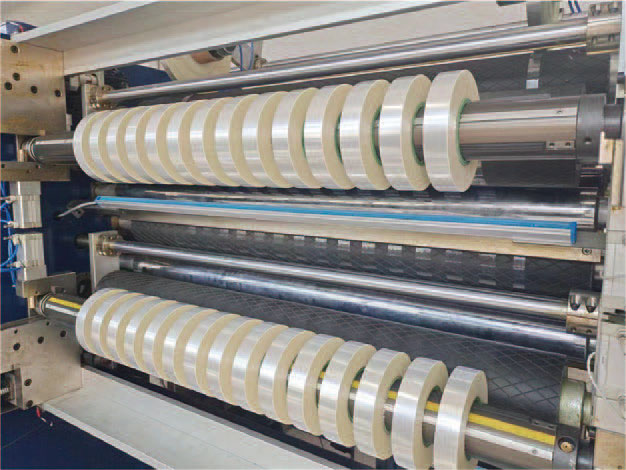
8. Energy saving and environmental protection
While optimizing the performance of the slitter, we pay attention to energy saving and environmental protection.
• High-efficiency motor: Adopt high-efficiency and energy-saving servo motor and inverter to reduce energy consumption.
• Scrap recycling: Install scrap recycling devices to reduce material waste.
• Noise control: optimize the equipment structure, reduce the operating noise, and improve the working environment.
summary
By optimizing tension control, slitting accuracy, speed control, material adaptability, degree of automation, quality control, equipment maintenance, energy conservation and environmental protection, etc., the performance of the slitting machine in film material processing can be significantly improved. These optimization strategies can not only improve production efficiency and product quality, but also reduce production costs and enhance the market competitiveness of enterprises.
Recent Post
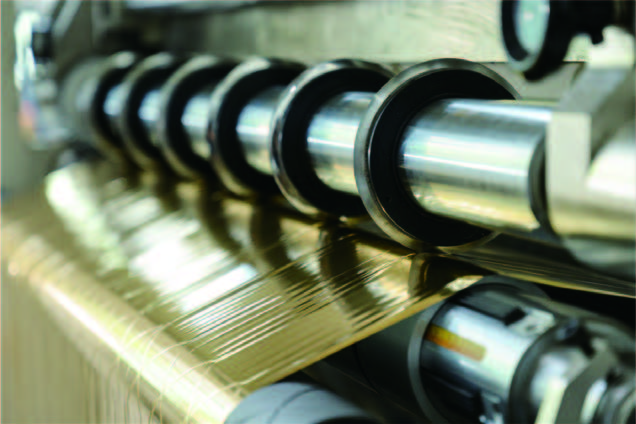 High-precision cutting: How does the slitting machine achieve the ultimate slitting accuracy of ±0.1mm?
High-precision cutting: How does the slitting machine achieve the ultimate slitting accuracy of ±0.1mm?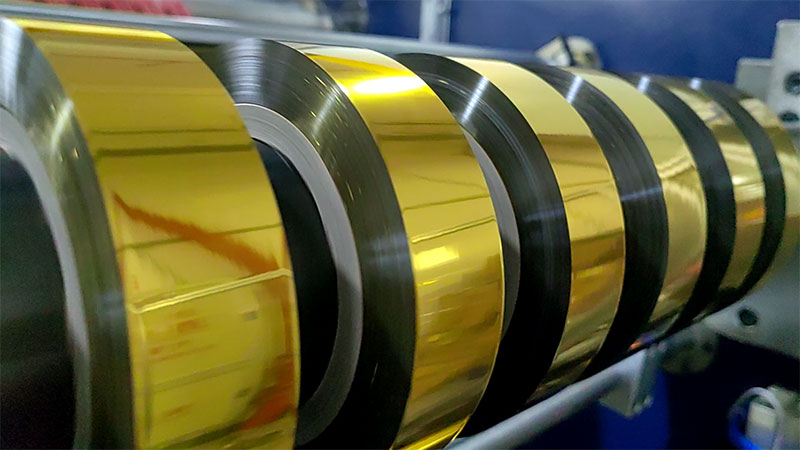 Efficient and accurate: analysis of the core functions and applications of the slitting machine
Efficient and accurate: analysis of the core functions and applications of the slitting machine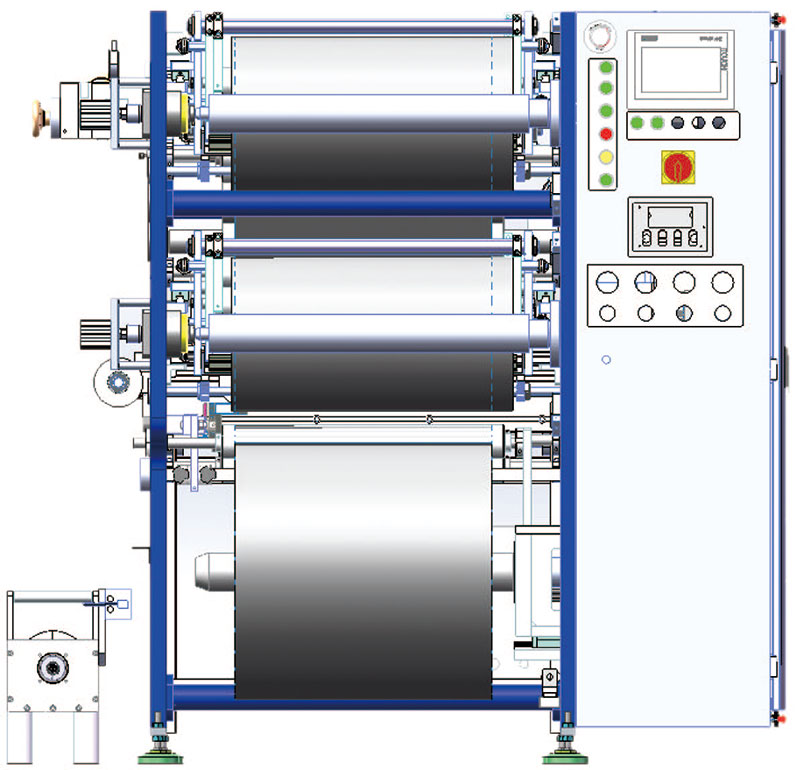 Analysis of the application field of slitting machine: which industries cannot do without it?
Analysis of the application field of slitting machine: which industries cannot do without it? How can film slitting machine improve production efficiency? One-button operation + high-speed slitting
How can film slitting machine improve production efficiency? One-button operation + high-speed slitting
Related Product
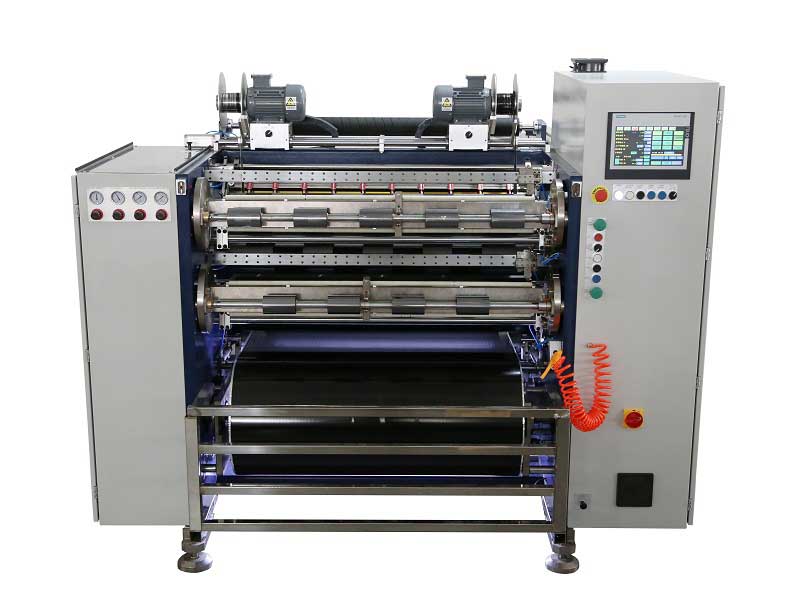 Automatic Thermal Transfer Ribbon Slitting Machine RSDS8 H PLUS
Automatic Thermal Transfer Ribbon Slitting Machine RSDS8 H PLUS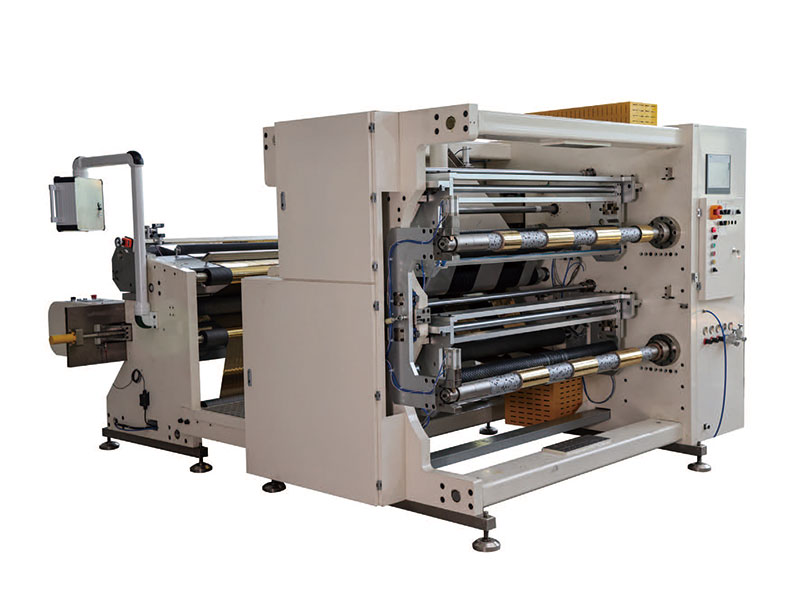 1400mm Hot Stamping Foil Slitting Machine
1400mm Hot Stamping Foil Slitting Machine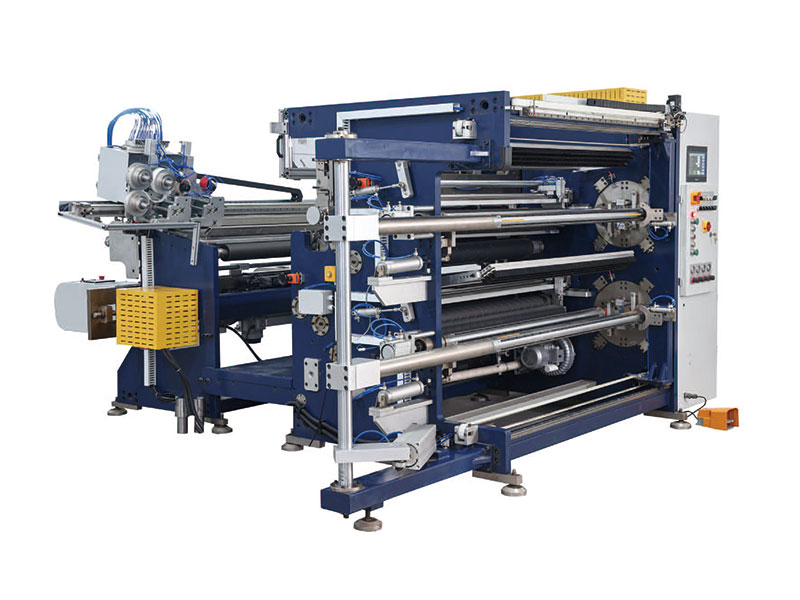 1350mm Hot Stamping Foil Slitting Machine
1350mm Hot Stamping Foil Slitting Machine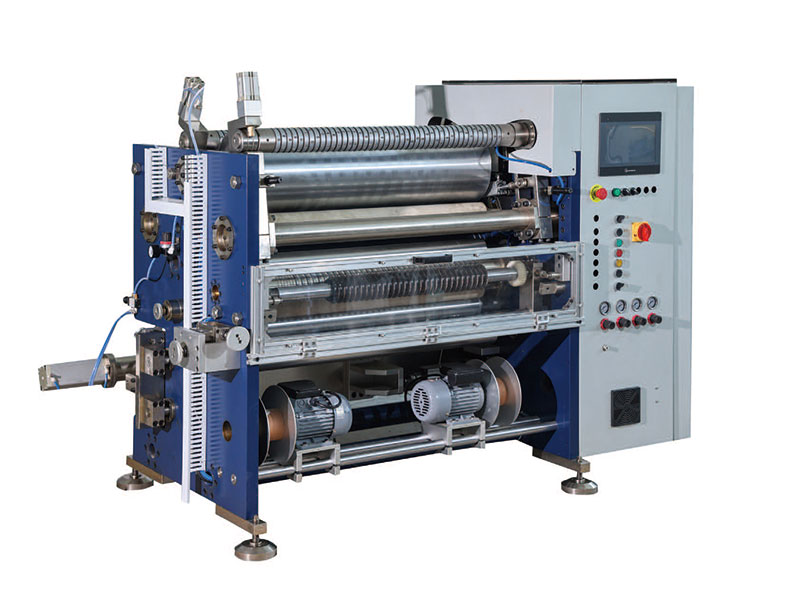 800mm Hot Stamping Foil Slitting Machine
800mm Hot Stamping Foil Slitting Machine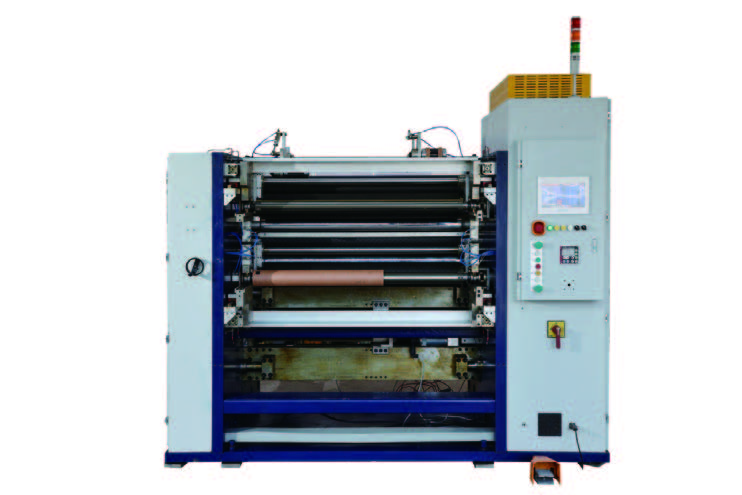 New Energy Ultra-thin Film Slitting Machine For Capacitive Film
New Energy Ultra-thin Film Slitting Machine For Capacitive Film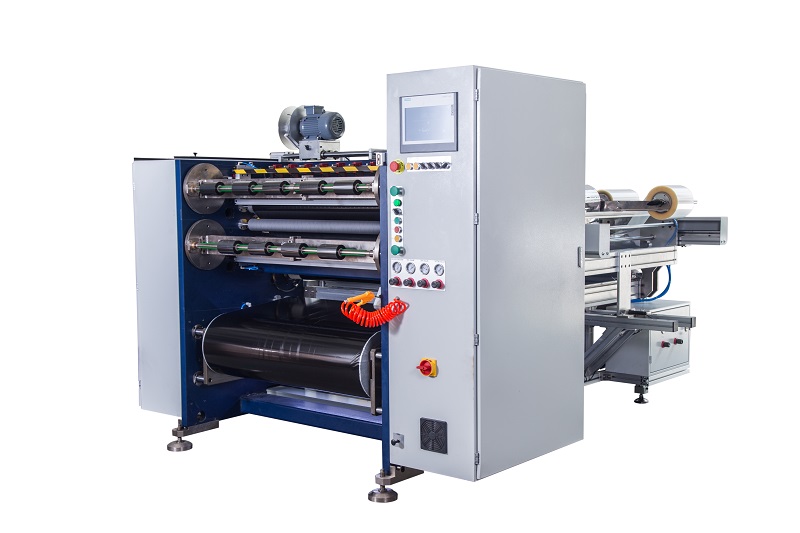 Semi Automatic Thermal Transfer Ribbon Slitting Machine RSDS5 PLUS
Semi Automatic Thermal Transfer Ribbon Slitting Machine RSDS5 PLUS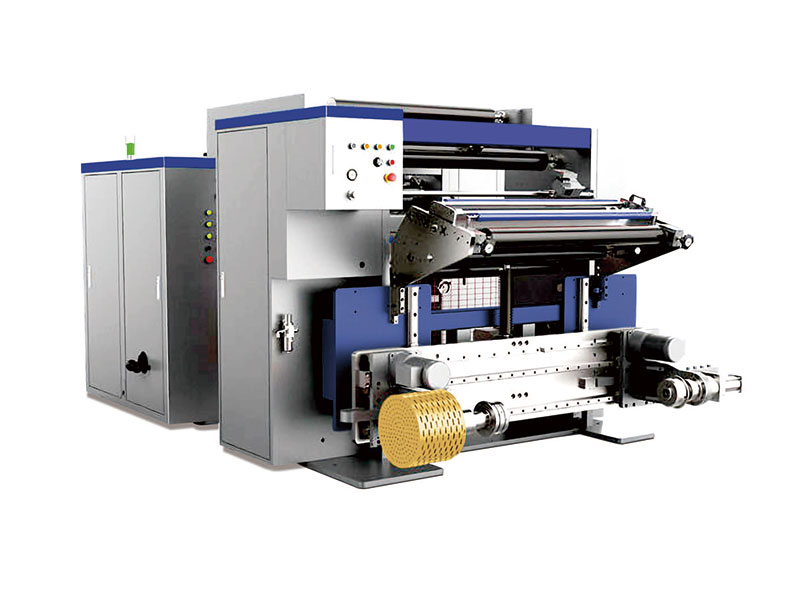 High Speed Slitting Machine
High Speed Slitting Machine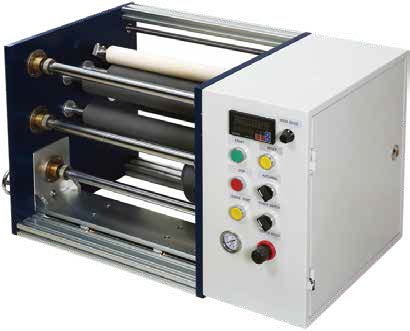 350mm Mini Slittting Machine
350mm Mini Slittting Machine


